England
Watch a video featuring Jonathan Storkey describe the Park Grass experiment.
Background
Established in 1856 by Sir John Lawes and Sir Henry Gilbert, the original experimental aim was to look at the effect on yield of inorganic fertilizers (N, P, K, Na & Mg) and compare this with the effect of organic manures.
However, it quickly became obvious that there were also large effects on species composition and it was decided to measure the percentage of each species in the hay. This has been repeated at irregular intervals to the present day.
Park Grass is notable as one of the longest running experiments of modern science. Initiated in 1856, it has been continually monitored ever since.
Contribution to Science
Nearly 200 scientific papers have been published on Park Grass, with data from the original experiments continuing to provide valuable information on the relationship between soil fertility, productivity and diversity. Archived soil and plant samples from Park Grass are an increasingly valuable resource to study historic changes, such as the deposition of pollutants from the atmosphere. The development of modern scientific techniques such as isotopic analysis and DNA sequencing have allowed further analysis that could not have been envisaged when Lawes and Gilbert first established their trials 150 years ago.
For information regarding the history of the experiment, current treatments, or to view open access data and pictures, please visit the Park Grass webpage on Rothamsted's electronic archive.
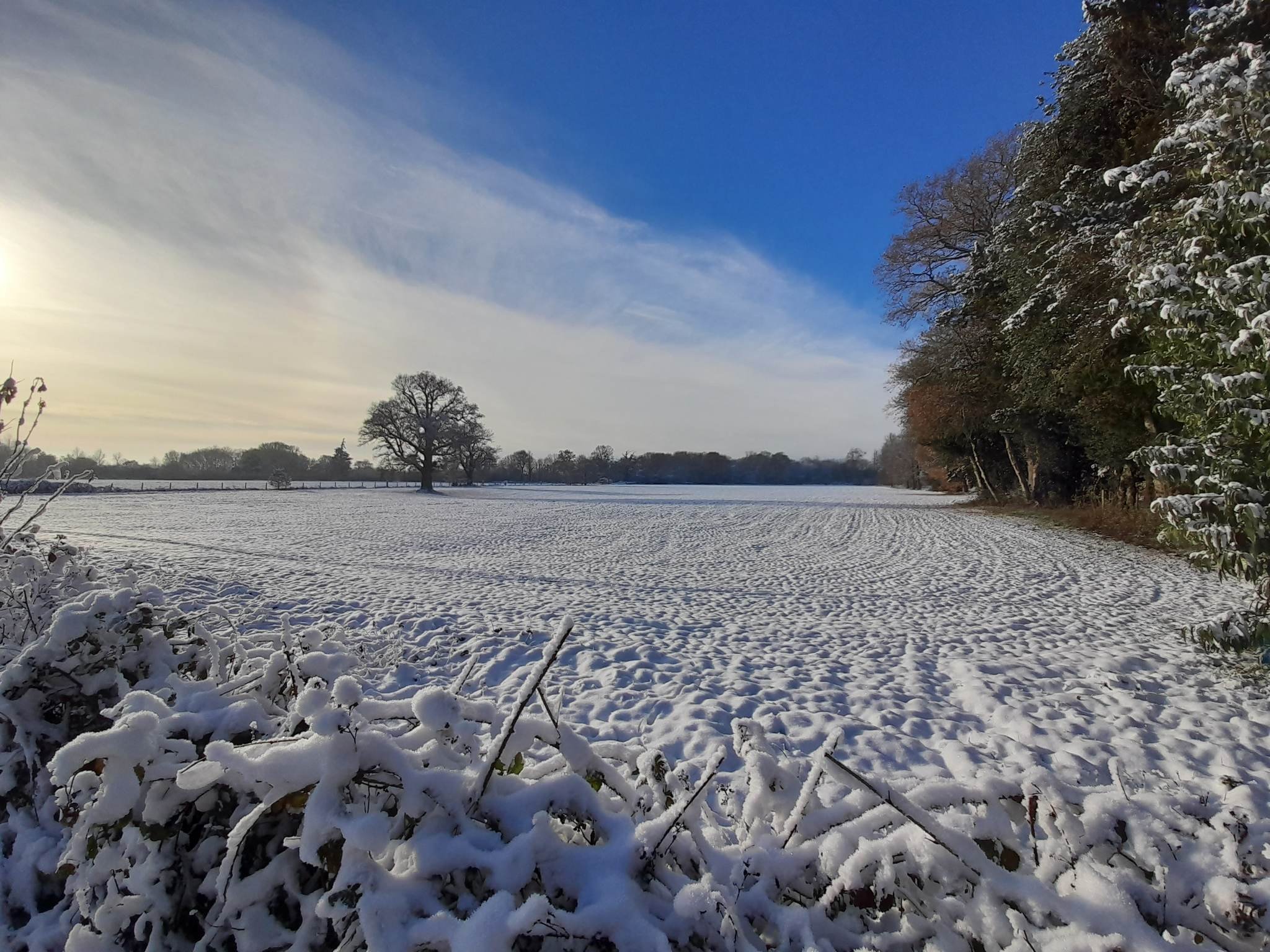
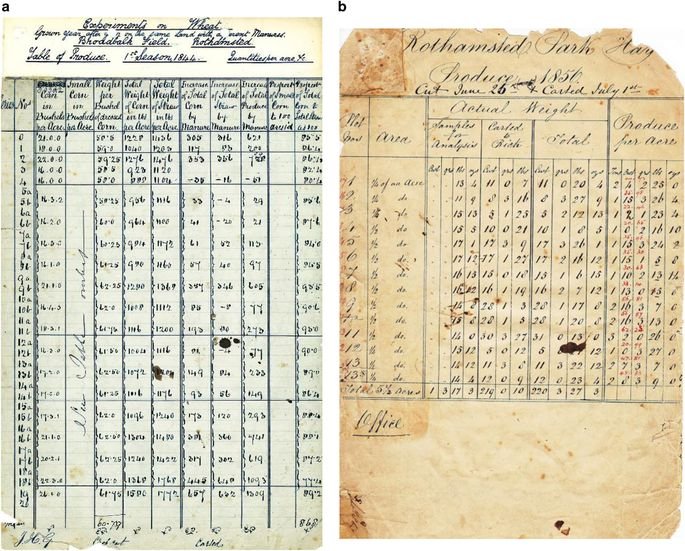

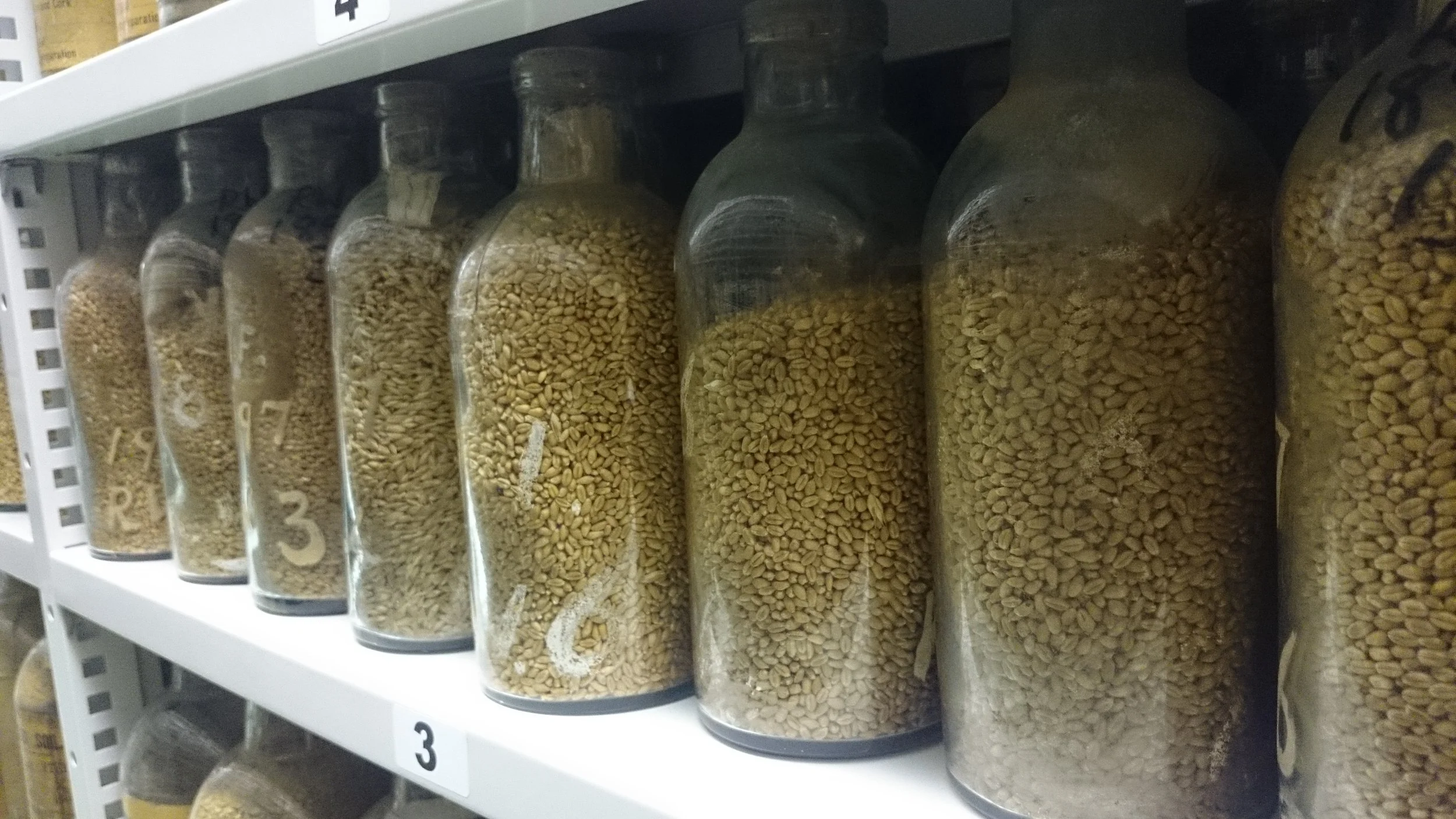



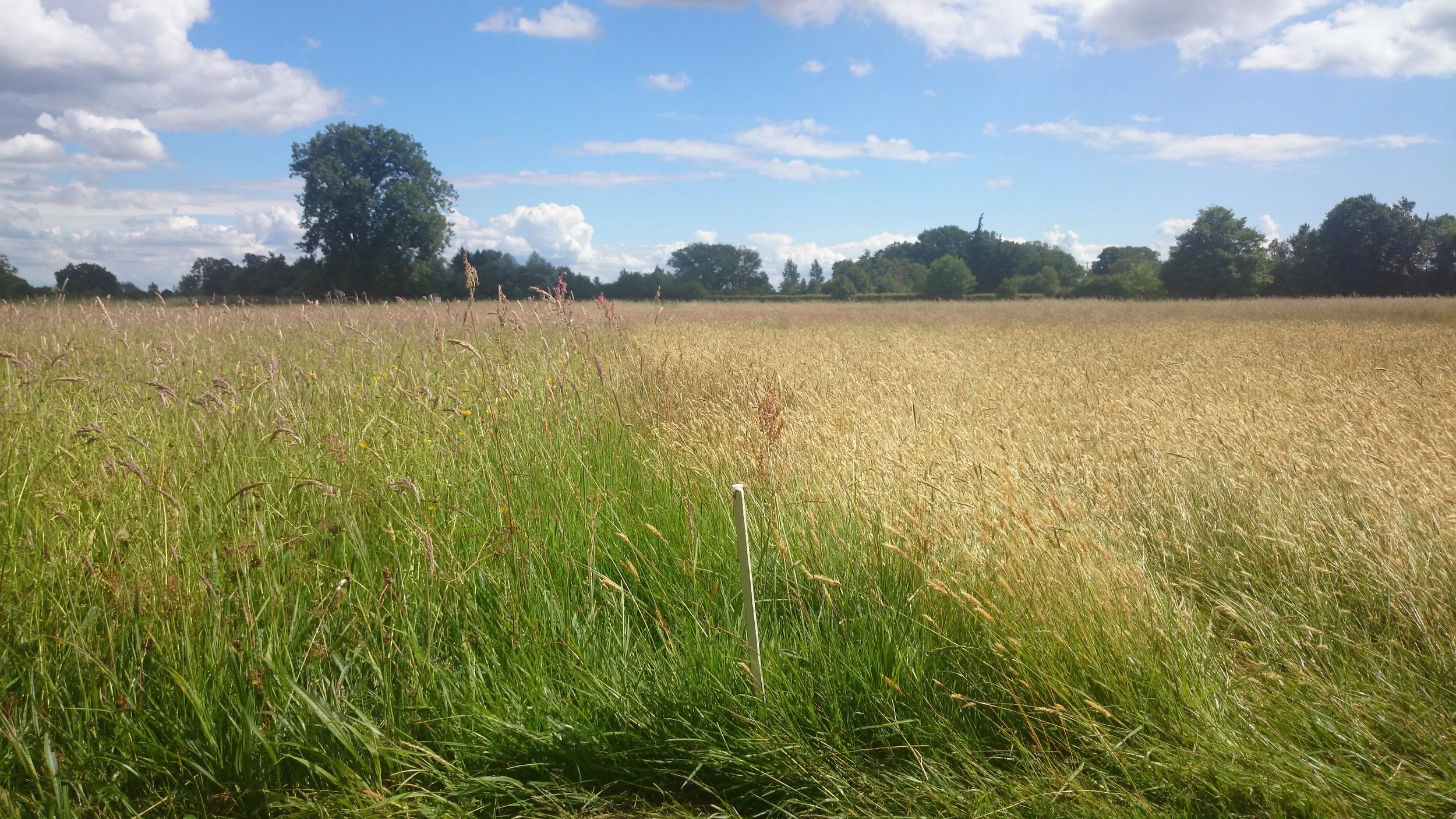
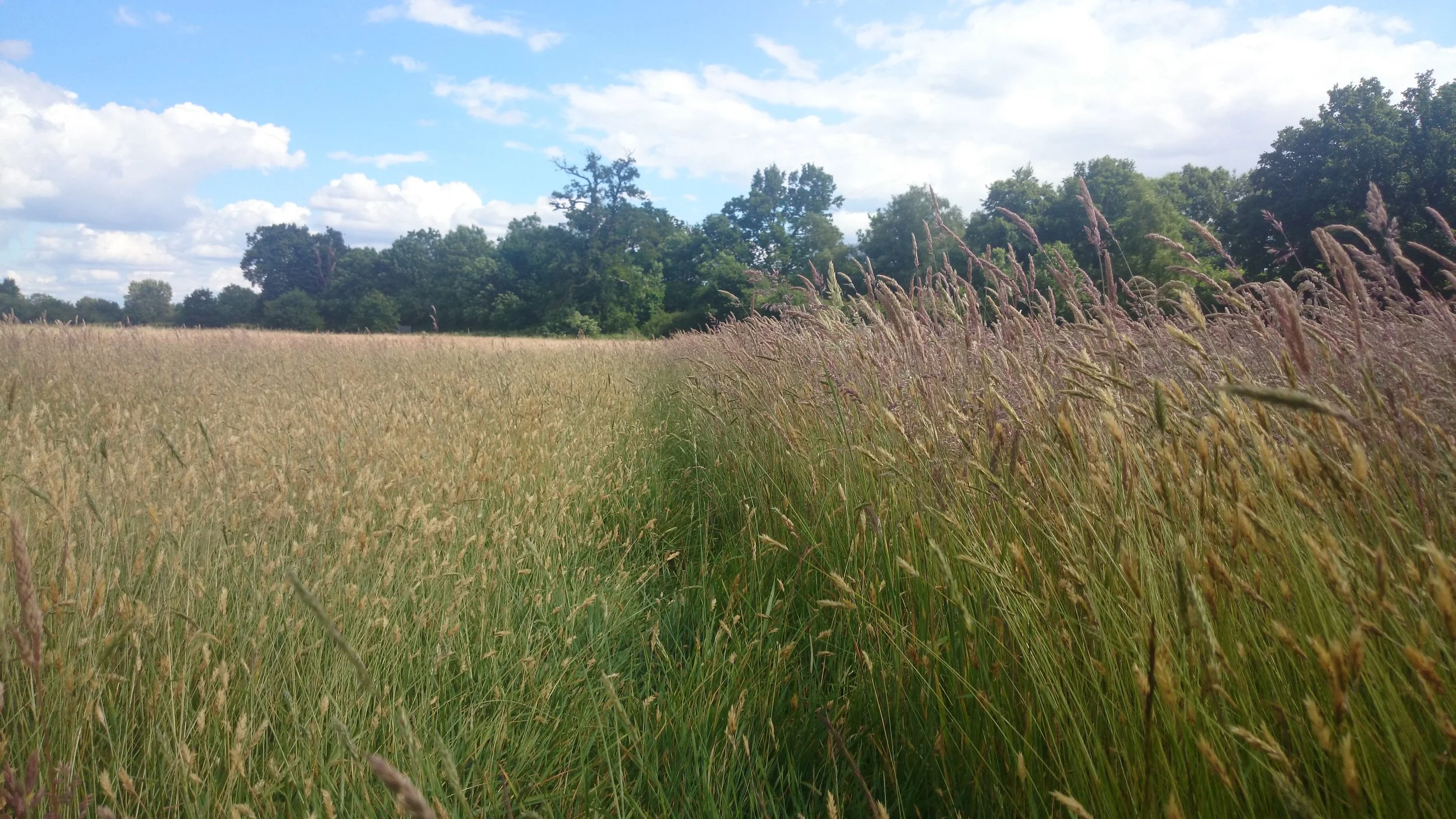

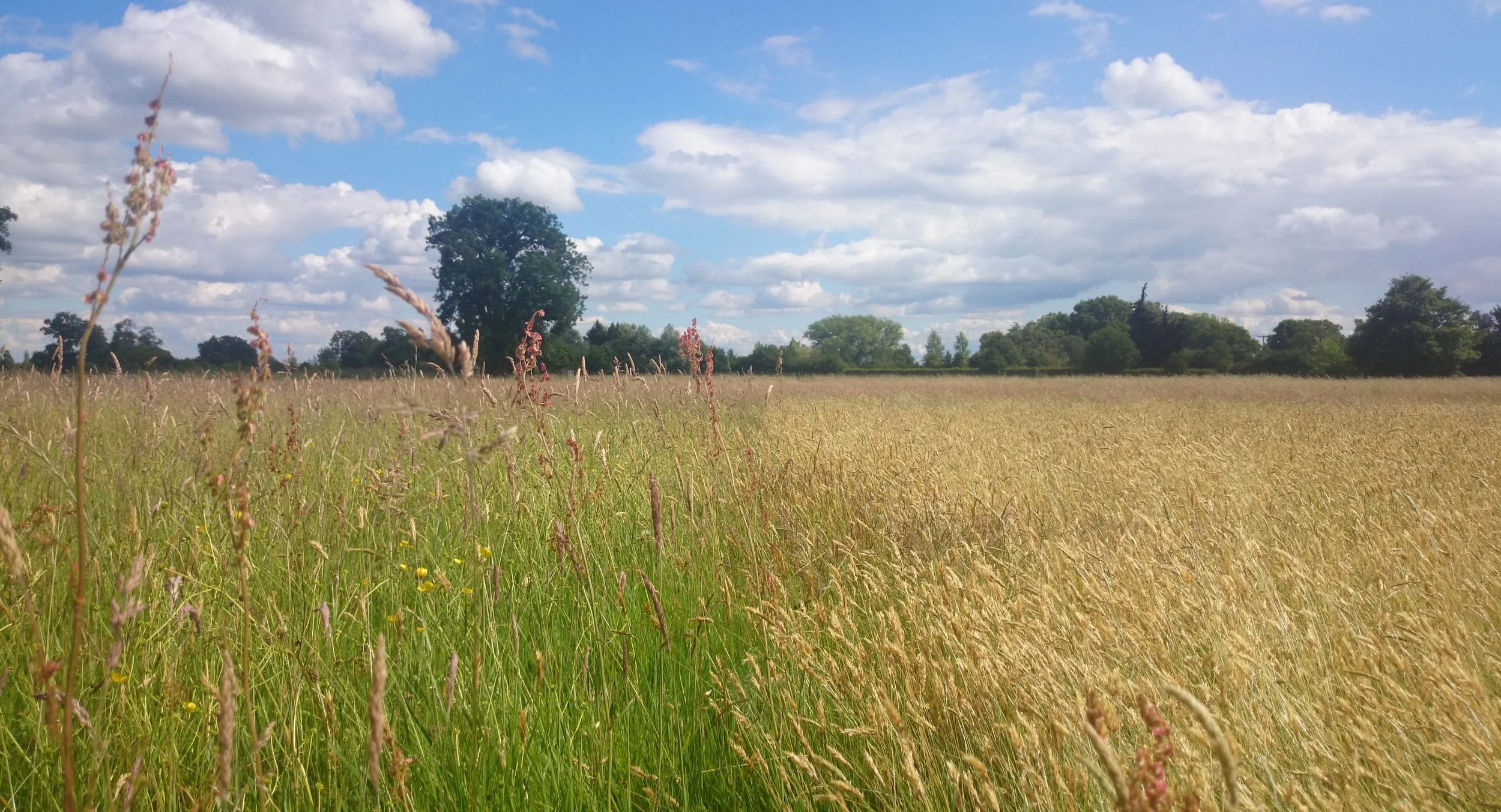

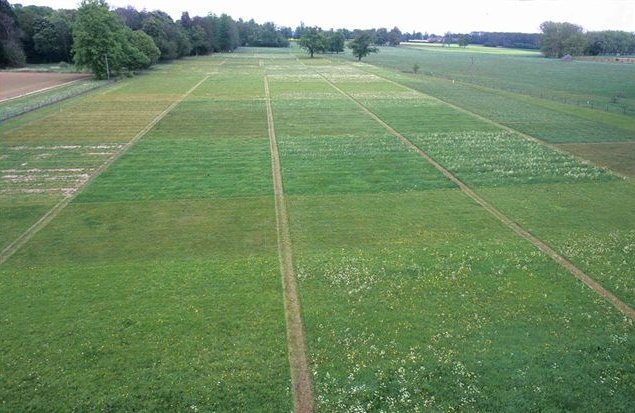
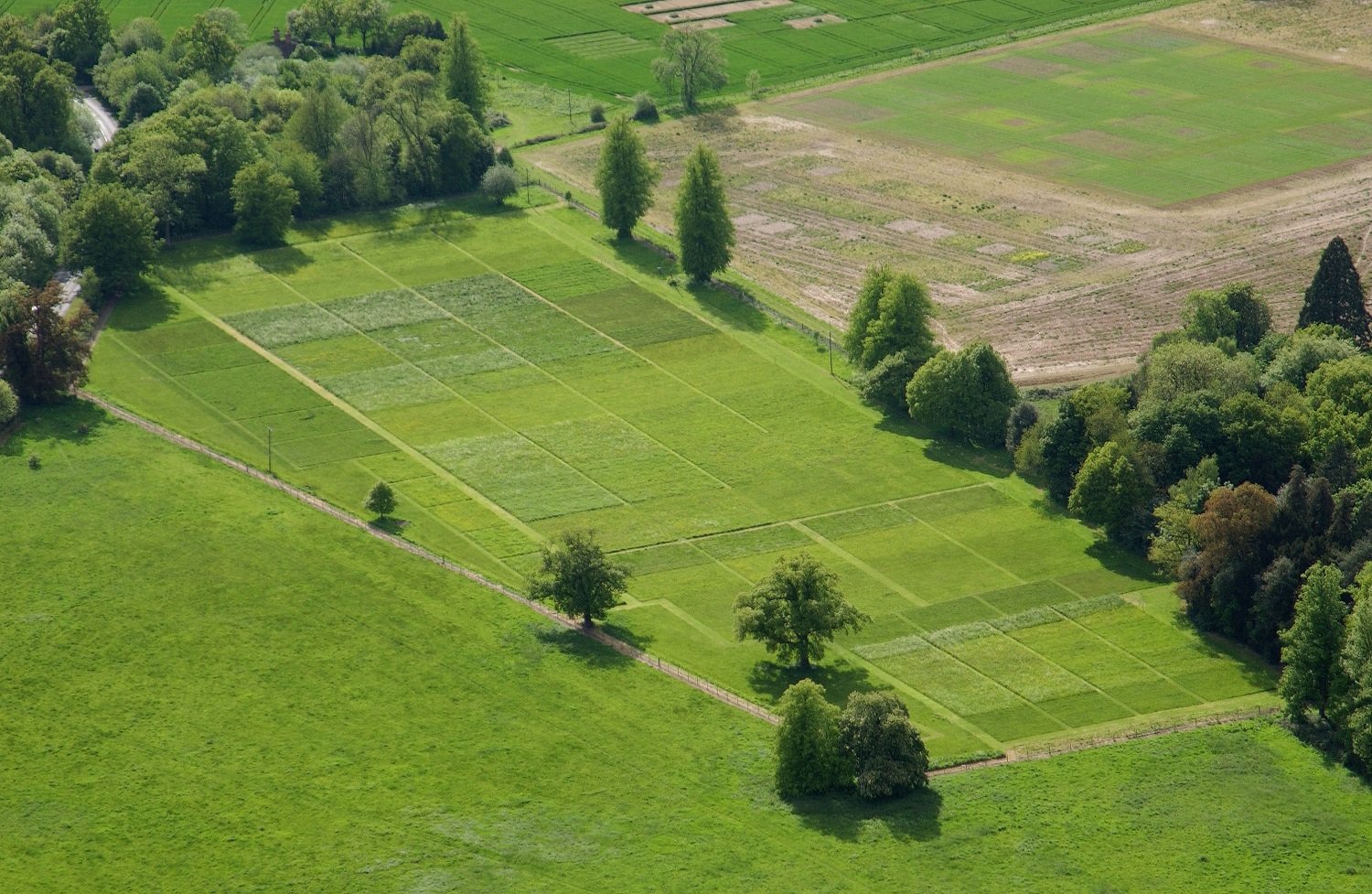





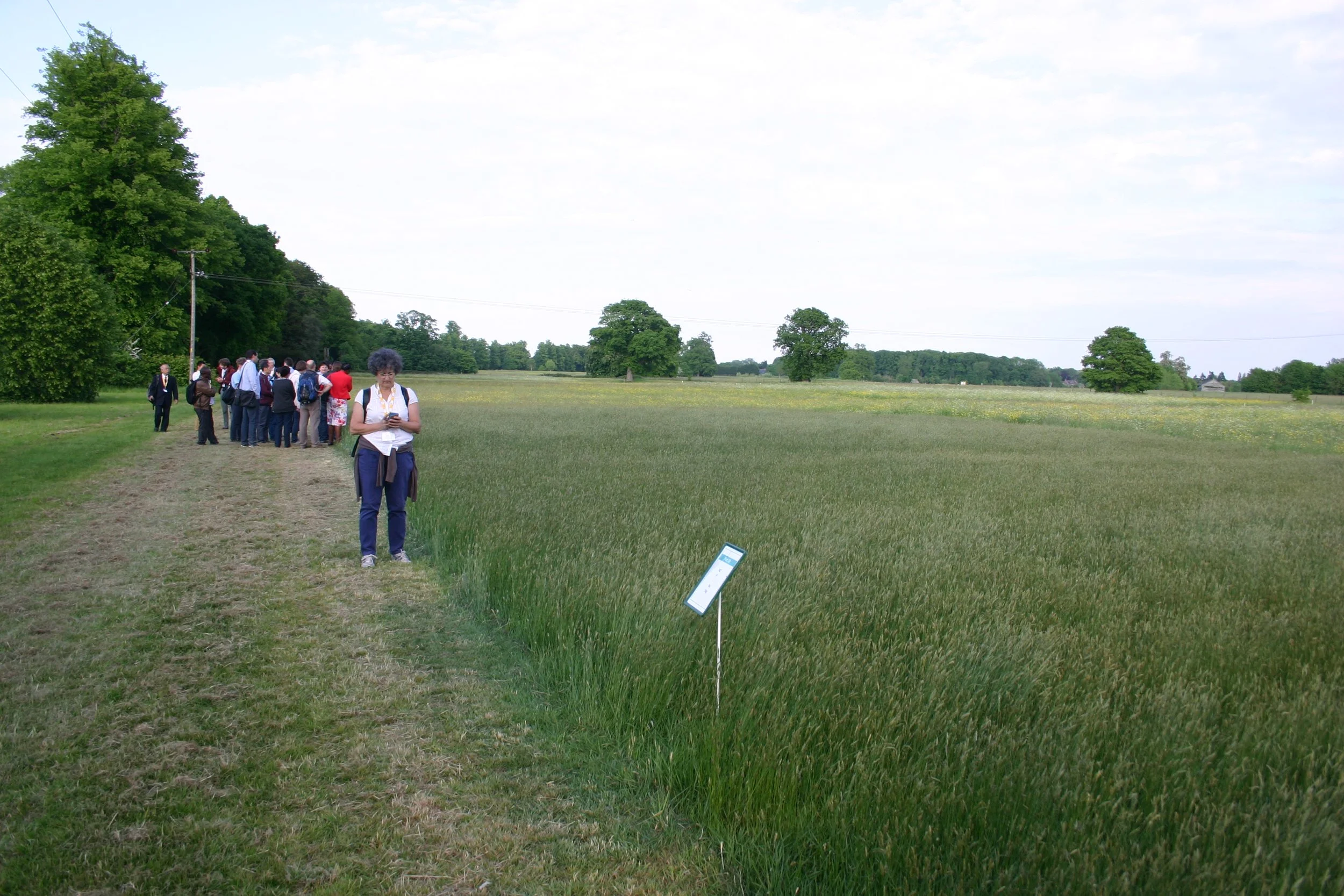


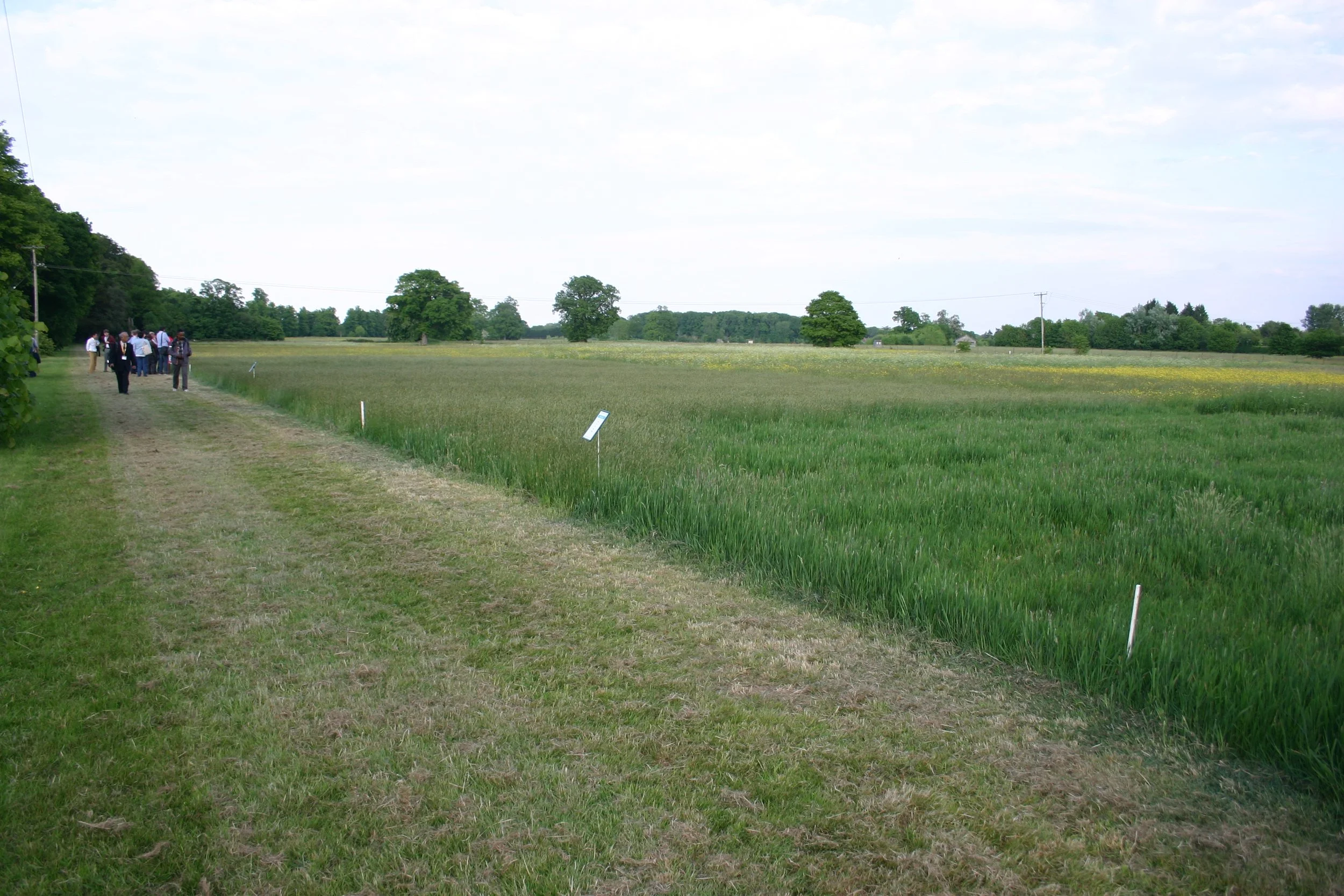
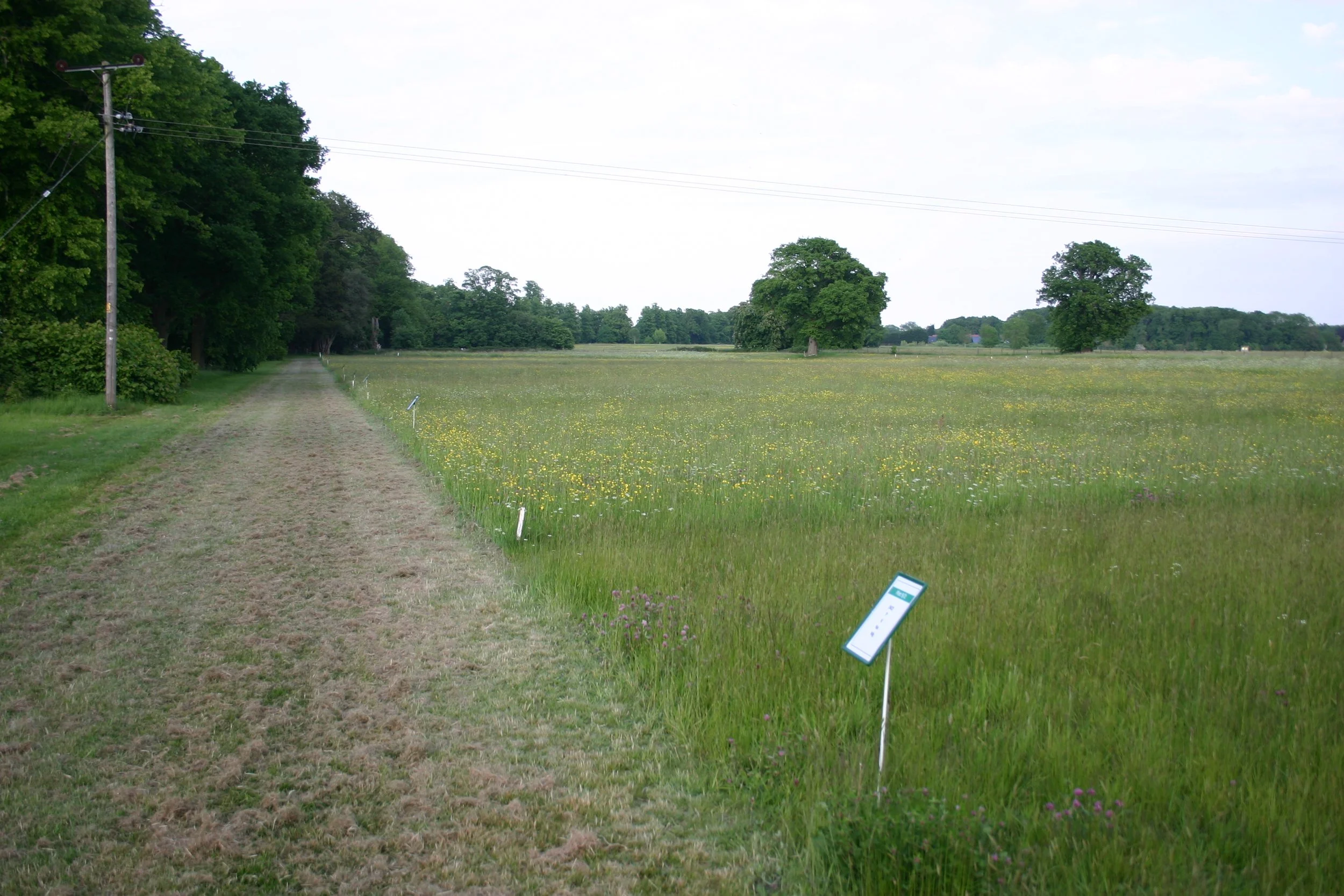

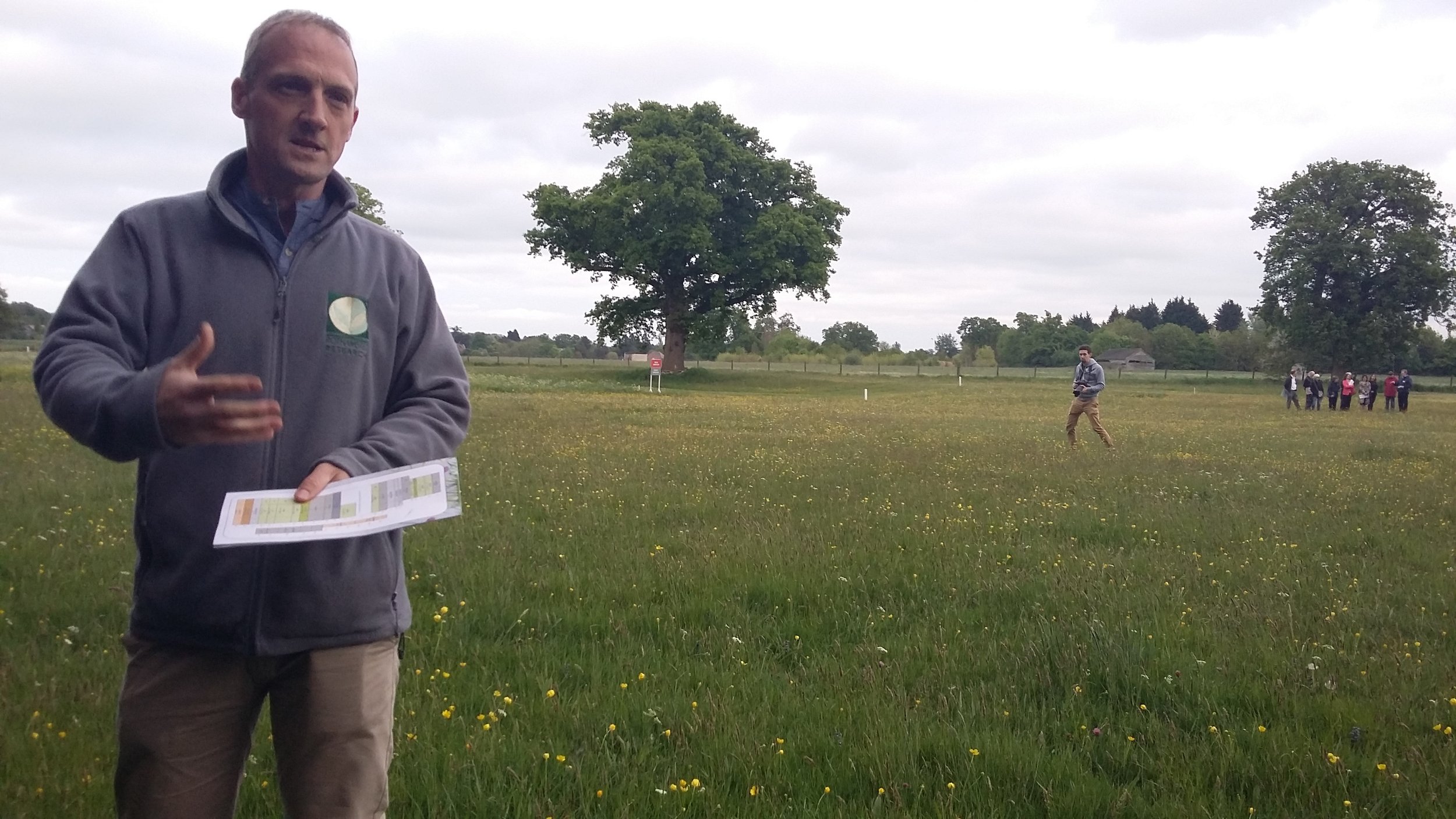
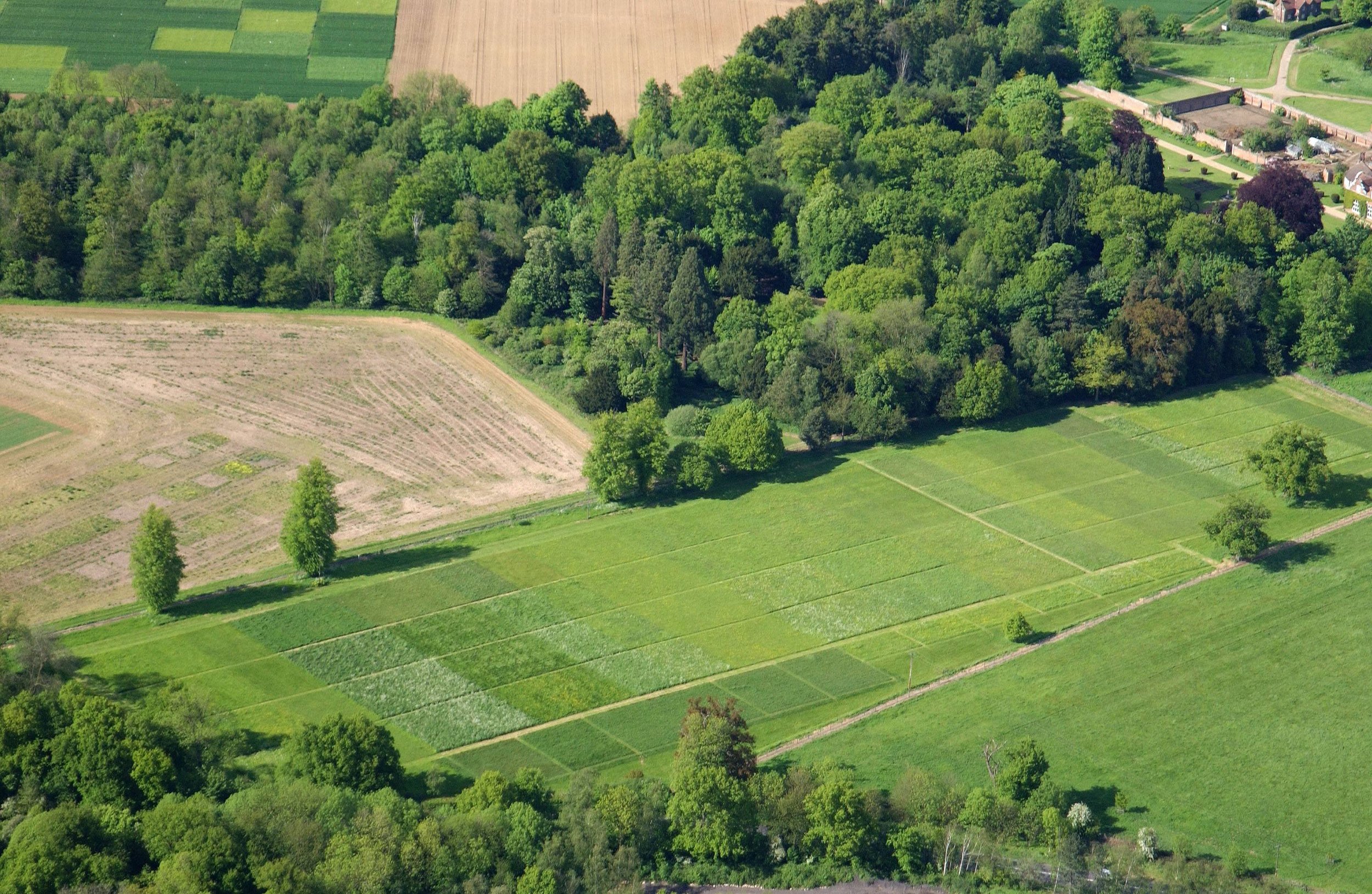

Research Updates
Media
Print (20 January 2025): The Guardian picked up on a new publication High fertiliser use halves numbers of pollinators, world’s longest study finds from npj Biodiversity which shows a trade-off between pollinator-wildflower diversity and grassland yields (Balfour et al., 2025).











